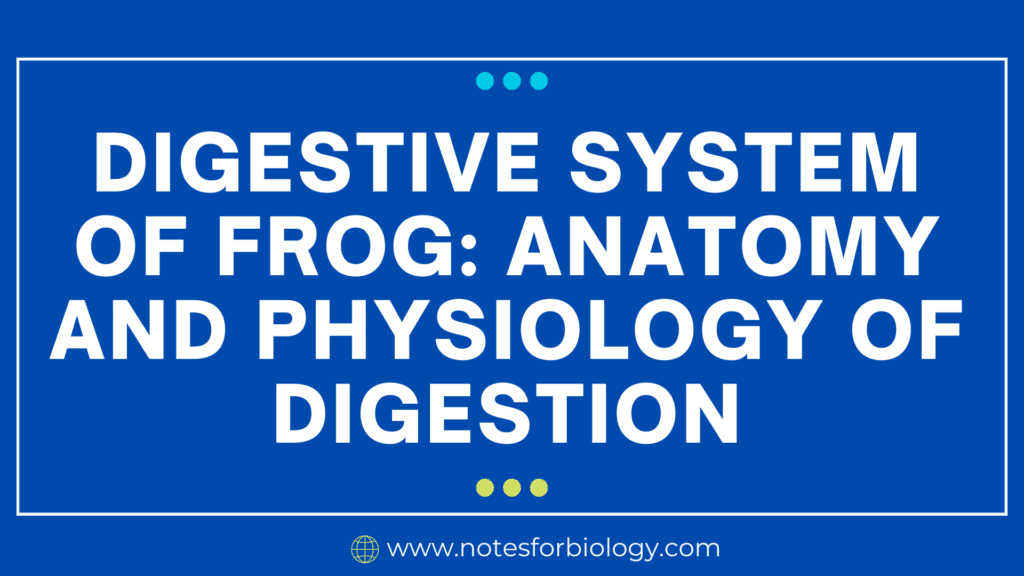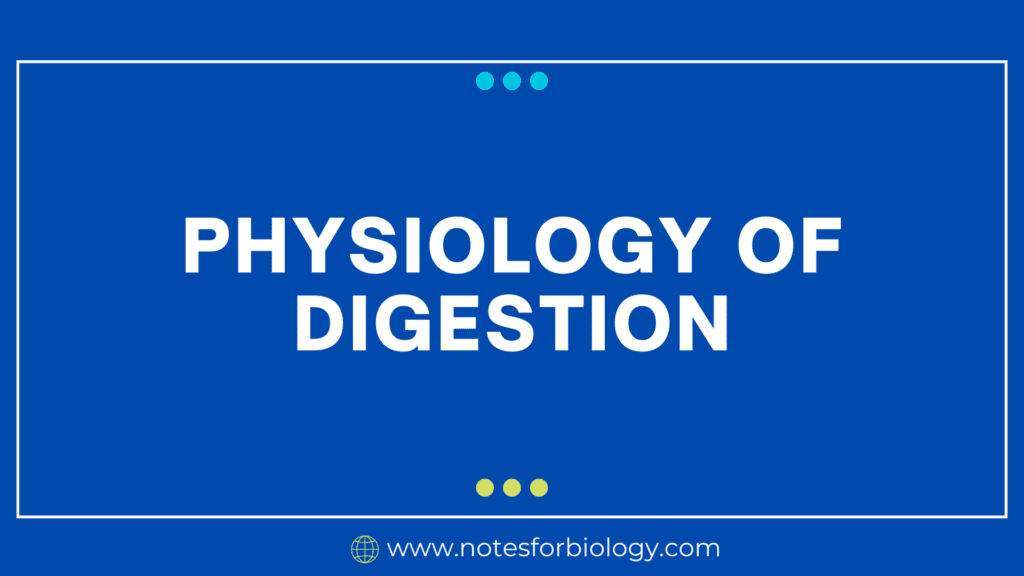Frog digestive system
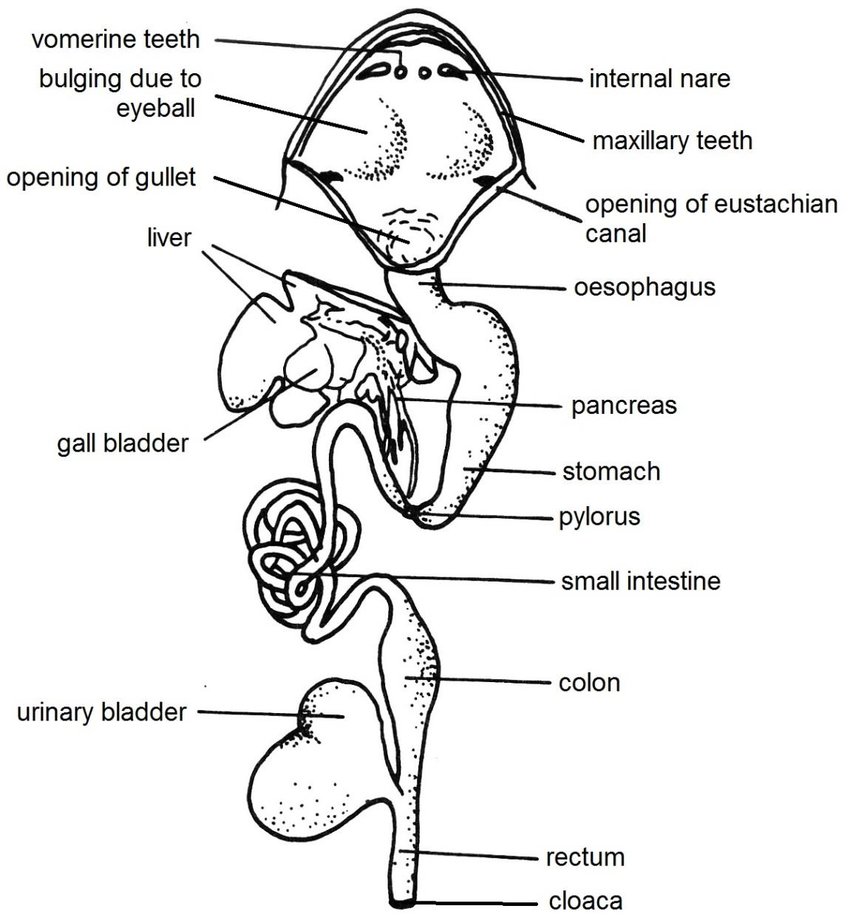
A frog’s digestive tract is an amazing and effective tool for breaking down its diet of worms, insects, and other small animals. The frog’s digestive system consists of the alimentary canal and digestive glands. It have shorter guts due to their narrow alimentary canal, which is a characteristic of carnivores.
The mouth opens into the buccal cavity, which connects to the oesophagus, through the pharynx. The oesophagus is a small tube since it does not have a neck. Here’s a closer look at the frog digestive system’s anatomy and physiology:
Table of Contents
Anatomy
Frogs have shorter guts due to their narrow alimentary canal, which is a characteristic of carnivores. The mouth opens into the buccal cavity, which connects to the oesophagus, through the pharynx. The oesophagus is a small tube since it does not have a neck. The frog’s digestive system consists of the alimentary canal and digestive glands.
Mouth: A sticky tongue is linked to the front of a frog’s broad mouth. This aids in their prey capture.
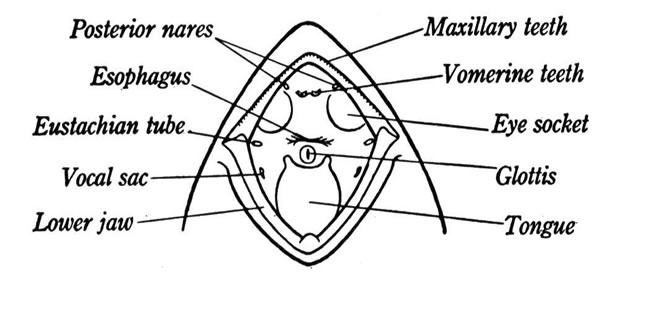
Teeth: Frogs have little, pointed teeth in their upper jaw, but they lack chewing teeth. These teeth are not for eating, but rather for grasping onto prey.
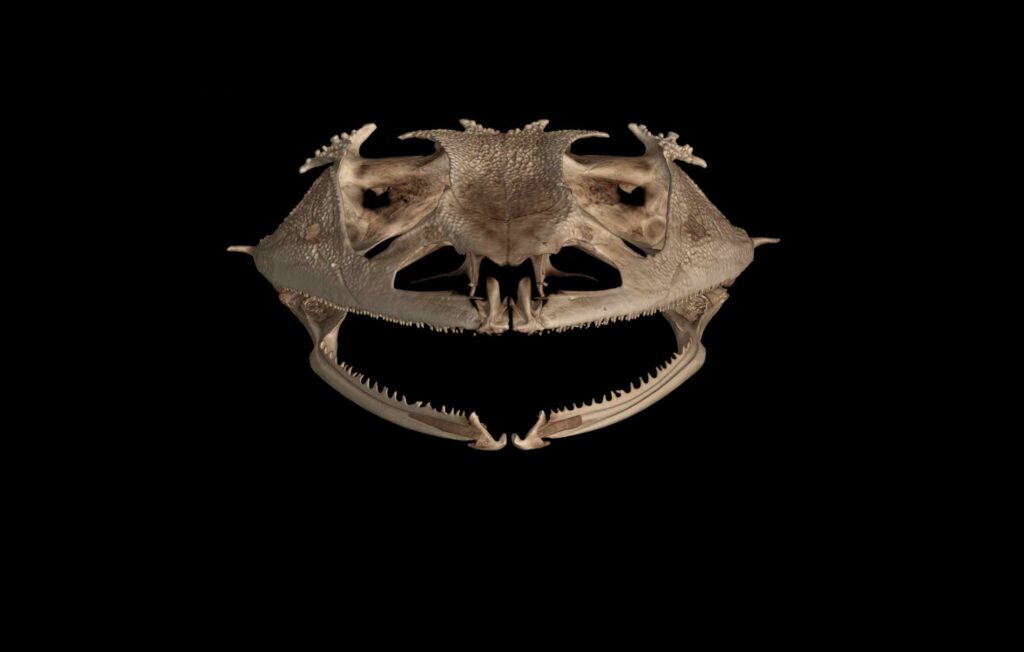
Esophagus: The muscular, small tube that joins the mouth and stomach. It facilitates the passage of food toward the stomach.
Stomach: A muscular bag where food is partially digested is called the stomach. It secretes digestive fluids that are rich in enzymes that digest proteins.
Small Intestine: The main site of digestion and nutrient absorption, a lengthy, coiled tube. The jejunum, ileum, and duodenum are further divisions.
Pancreas: The pancreas is a gland that makes hormones such as insulin and digestive enzymes. These digestive enzymes aid in the breakdown of proteins, lipids, and carbohydrates after being released into the duodenum.
Liver: The gallbladder contains the bile produced by the big organ known as the liver. Bile facilitates the breakdown of fats.
Gallbladder: Bile produced by the liver is stored in the gallbladder.
Large Intestine: The large intestine is a wider, shorter tube used for absorbing water.
Cloaca: Waste from the digestive, urinary, and reproductive systems is collected in the cloaca, a shared chamber.
Physiology of Digestion
The process of physically and enzymatically converting food into chemicals that may be absorbed into the bloodstream is called digestion. The meal contains three macronutrients—fats, carbs, and proteins—that must be digested in order to be absorbed.
Ingestion: Using their sticky tongues, frogs grab their prey and swallow it whole.
Mechanical Digestion: There is no need to chew. But food is mechanically broken down by churning in the stomach’s muscular walls.
Chemical Digestion: The stomach’s gastric secretions initiate the chemical breakdown of food, particularly proteins. Enzymes that further break down proteins, lipids, and carbohydrates are sent into the duodenum by the pancreas. The gallbladder’s bile aids in the digestion of lipids.
Absorption: The small intestine is where most nutrients are absorbed because it is here that the bloodstream is filled with the molecules of digested food.
Water Absorption: Water from the leftover waste is absorbed by the large intestine.
Excretion: Feces, or undigested waste, are expelled through the cloaca.
Unique Adaptations
Fast Digestion: To keep their energy levels up, frogs must digest their food fast. Their digestive tract processes food quickly; they can finish a meal in a few hours on average.
Effective Absorption of Nutrients: A frog’s lengthy, coiled small intestine offers a lot of surface area for effective absorption of nutrients.
Flexible Diet: Although they are mainly insectivores, frogs can eat worms, snails, and even tiny vertebrates due to the flexibility of their digestive systems.
In Conclusion
A frog’s digestive tract is a highly effective mechanism that can swiftly and effectively break down a variety of food sources. Because of their special adaptations and ability to digest both chemically and mechanically, frogs are able to live in a variety of habitats and carry out crucial ecological responsibilities.
Frequently Asked Questions(FAQ)
Define digestion ?
The process of physically and enzymatically converting food into chemicals that may be absorbed into the bloodstream is called digestion.
Define frog digestive system?
The frog’s digestive system consists of the alimentary canal and digestive glands. Frogs have shorter guts due to their narrow alimentary canal, which is a characteristic of carnivores.
Related Articles

